Introduction
Honey, a natural sweetener derived from the nectar of flowers by bees, has been cherished for its unique taste, nutritional benefits, and versatility in cooking and baking. Its rich, golden hue and smooth texture make it a staple in many households. However, to fully enjoy the sweetness and health benefits of honey, it is crucial to store it correctly. Improper storage can lead to crystallization, loss of flavor, and even spoilage. This article will delve into the intricacies of how to store fresh honey properly, ensuring that it retains its quality and taste for as long as possible.
Understanding the Properties of Honey

Before discussing storage methods, it’s essential to understand the unique properties of honey that influence its shelf life. Honey is a supersaturated sugar solution, containing approximately 80% sugars, primarily glucose and fructose, and 17-18% water. This high sugar content creates an environment with a very low water activity, making it inhospitable for most microorganisms. As a result, honey has an exceptionally long shelf life when stored correctly.
However, honey’s composition can change over time, particularly if exposed to certain conditions. Crystallization, for instance, is a common phenomenon where the glucose in honey forms crystals, resulting in a grainy texture. While crystallization does not affect the taste or nutritional value of honey, it can alter its appearance and texture, making it less appealing to some consumers.
Temperature and Humidity Considerations
Temperature plays a pivotal role in maintaining the quality of honey. Ideally, honey should be stored at a temperature between 50°F (10°C) and 70°F (21°C). At these temperatures, honey remains in its liquid state and is less likely to crystallize. Avoid storing honey in warm or hot environments, as this can cause it to darken and lose its aroma. Conversely, exposure to cold temperatures can accelerate crystallization.
Humidity is another factor to consider. High humidity can lead to moisture absorption, which can promote the growth of yeast and bacteria, eventually causing honey to ferment. Therefore, it’s best to store honey in a dry environment.
Containers for Storing Honey
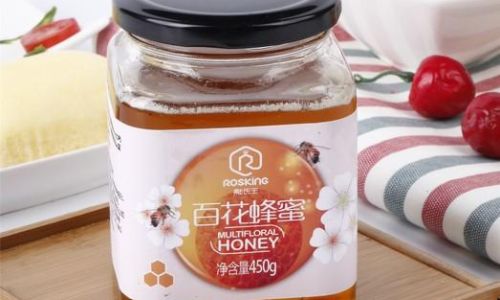
The type of container used for storing honey is equally important. Glass jars are often recommended because they are non-reactive, meaning they won’t alter the taste or composition of honey. Additionally, glass jars are transparent, allowing you to easily monitor the honey for signs of crystallization or contamination.
Plastic containers can also be used, but it’s crucial to choose those made from food-grade materials that are BPA-free. Avoid metal containers, as honey’s acidic nature can react with metals, leading to corrosion and contamination.
When selecting a container, ensure it has a tight-fitting lid to prevent air and moisture from entering. An airtight seal helps maintain the honey’s purity and extends its shelf life.
Light Exposure
Light, particularly direct sunlight, can degrade honey’s quality over time. UV rays can cause honey to darken and lose its natural aroma and flavor. Therefore, it’s best to store honey in a cool, dark place, such as a pantry or cupboard. If storing in a transparent container, consider wrapping it in an opaque material or placing it in a dark-colored bag to protect it from light exposure.
Handling Crystallized Honey
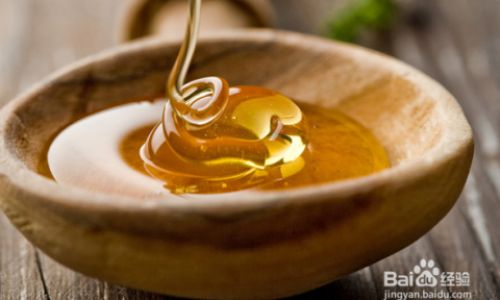
Despite best efforts, crystallization may still occur. If your honey crystallizes, don’t despair. There are several methods to restore it to its liquid state. One common method is to gently warm the jar in a water bath. Place the jar in a pot of warm water (not boiling) and let it sit until the honey liquefies. Stir occasionally to speed up the process. Be cautious not to overheat the honey, as this can alter its flavor and aroma.
Another method is to use a microwave. Place the jar of honey in the microwave for short intervals, stirring after each, until the honey reaches your desired consistency. Again, avoid overheating.
For those who prefer a more hands-off approach, simply leave the crystallized honey at room temperature for a few days. Over time, the crystals may gradually dissolve back into the liquid honey, although this method can be slower.
Long-Term Storage
If you have a large supply of honey or plan to store it for an extended period, consider using larger containers to minimize exposure to air each time you open the jar. Vacuum-sealed containers or those with an inert gas environment can further extend the shelf life by reducing oxygen exposure.
Additionally, labeling your jars with the date of purchase or bottling can help you track the age of your honey and ensure you use the oldest jars first, adhering to the principle of first-in, first-out (FIFO).
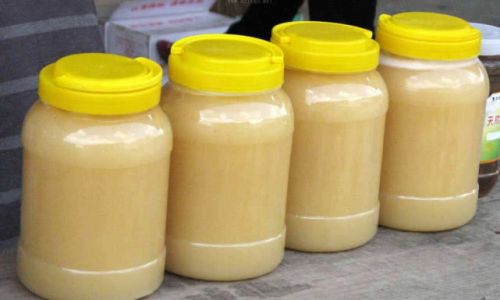
Conclusion
Storing fresh honey properly is a straightforward process that requires attention to temperature, humidity, lighting, and container choice. By following these guidelines, you can ensure that your honey retains its natural sweetness, aroma, and nutritional benefits for many years. Remember, the key to successful storage is consistency—maintain the optimal conditions, and your honey will reward you with its delicious, timeless taste.
In summary, storing honey involves keeping it in a cool, dark place in an airtight container made of non-reactive materials. Monitor for signs of crystallization and address them promptly using gentle warming methods. With proper care, your honey will remain a delightful addition to your kitchen for years to come.

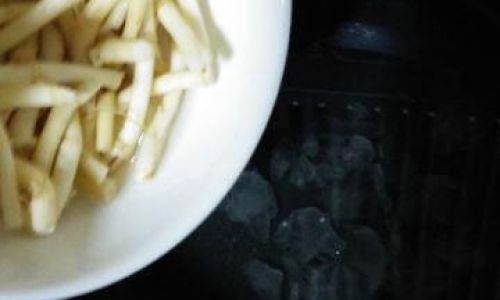
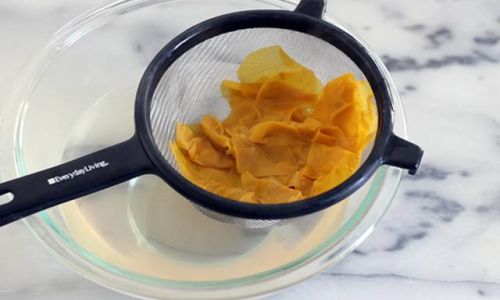
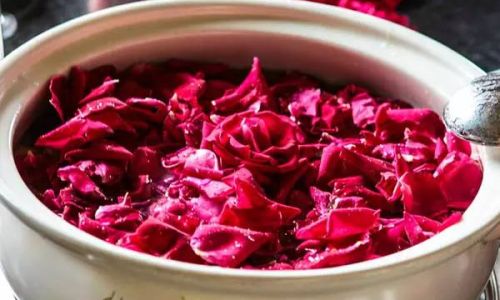

0 comments